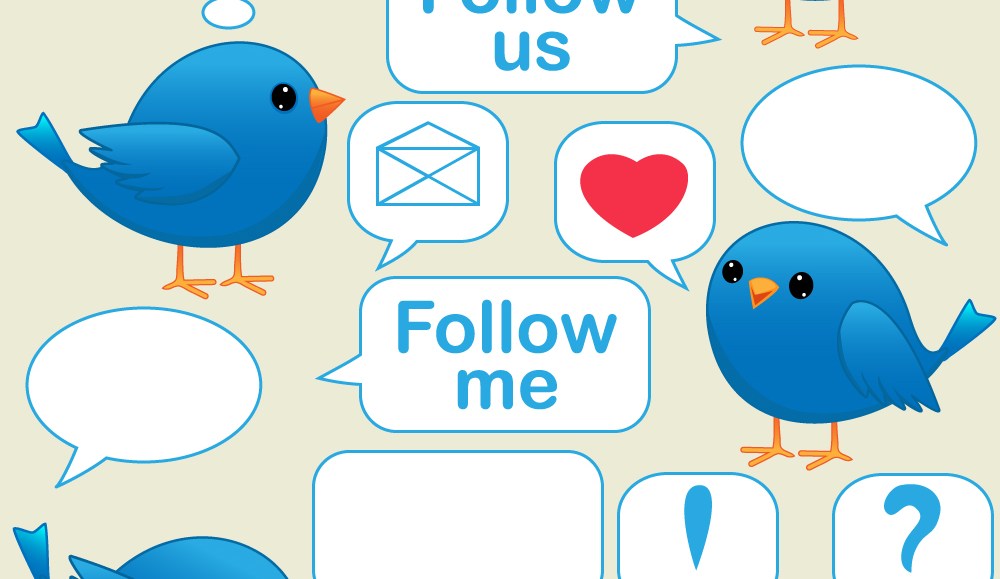
This article is part of the Digiday Partner Program. It is sponsored by Chango.
Earlier this month, Twitter jumped into the programmatic waters with “tailored audiences,” a tool that allows advertisers to serve relevant ads to users based on their actions from all across the Web.
The move represents a bump for brands on Twitter, who until now were able to target audiences based only on their Twitter activity—follows, location, gender. To make it happen, Twitter has partnered with companies like Chango that aim to make Twitter a smaller, more targetable place.
(Download Chango’s “tailored audiences” handbook here to learn about how to best navigate Twitter’s new tool.)
Some early results are in: During beta use of tailored audiences, New Relic saw 195 percent higher conversion rates after targeting their website visitors on Twitter, according to the social platform.
Ad position: web_incontent_pos1
Here are some more facts brands need to know before attempting to target via Twitter.
The Twittersphere is vast
More than 230 million monthly active users.
Ad position: web_incontent_pos2
500 million tweets sent every day.
16 percent of American adults use Twitter, according to the Pew Center. Based on current population estimates; that’s an audience of more than 50 million Americans.
And the U.S. is only a start. 77 percent of Twitter accounts are held outside the U.S. (Source: Twitter)
Tweets have been sent from 61 languages. (Source: Semiocast via MIT Technology Review)
The Twitter audience is on the go
76 percent of Twitter active users are on mobile (Source: Twitter)
Primary mobile Twitter users are also 181 percent more likely to use Twitter during their commutes. (Source: Twitter)
Twitter is recreational
10 percent of Americans take workday microbreaks via Twitter. (Source: Statista)
Twitter engagement for brands is 17 percent higher on the weekends. (source: Dan Zarrella via Fast Company )
Tweets using pic.twitter.com are 94 percent more likely to get retweeted. (Source: Dan Zarrella)
Only about half of the people who log in to Twitter once a month are actually tweeting, per PeerReach. The rest are listening.
Twitter drives sales
Promoted tweets boost offline sales by 29 percent (Source: Twitter/Datalogix)
88 percent of brands will use Twitter in 2014. This means with all that noise your message has to really hit the right person. (Source: eMarketer)
94 percent of a brand’s Twitter audience wants discounts and promos; 88 percent want “free stuff”; 79 percent want updates on upcoming sales; 56 percent want customer service. (Source: Render Positive)
When TV advertising is paired with Twitter paid media, TV ads drive 8-16 percent more sales directionally. (Source: Twitter)
The Twitterverse is vast, users are on the go and open to your messages. But you’ll have to get their attention first. That’s where Twitter hopes its “tailored audiences” will come in.
More “tailored audiences’” early results
HubSpot reported a lift in engagement rates of 45 percent by reaching recent visitors to its Web properties with Promoted Tweets. (Source: Twitter)
Krossover used tailored audiences to drive a 74 percent decrease in cost per customer acquisition. (Source: Twitter)
Download Chango’s “Twitter Tailored Audiences Handbook” here.
More from Digiday
Sliders test article
Agencies hope connected TV and digital out-of-home will play a bigger role in upcoming elections and politics — especially for smaller media agencies that are handling many of the less visible races in the crowded political space. For a number of media agencies looking to place their political ad dollars down in this major election […]

How CTV and DOOH are growing this political season for smaller agencies
Connected TV and digital out-of-home are playing a bigger role in upcoming elections and politics – especially for smaller agencies looking to place clients’ dollars.

CMO Strategies: Advertisers identify the top attributes on ad-supported streaming platforms
This is the third installment in Digiday’s multi-part series covering the top ad-supported streaming services and part of Digiday’s CMO Strategies series. In this report, we examine which ad attributes matter the most to marketers on streaming platforms.
Ad position: web_bfu